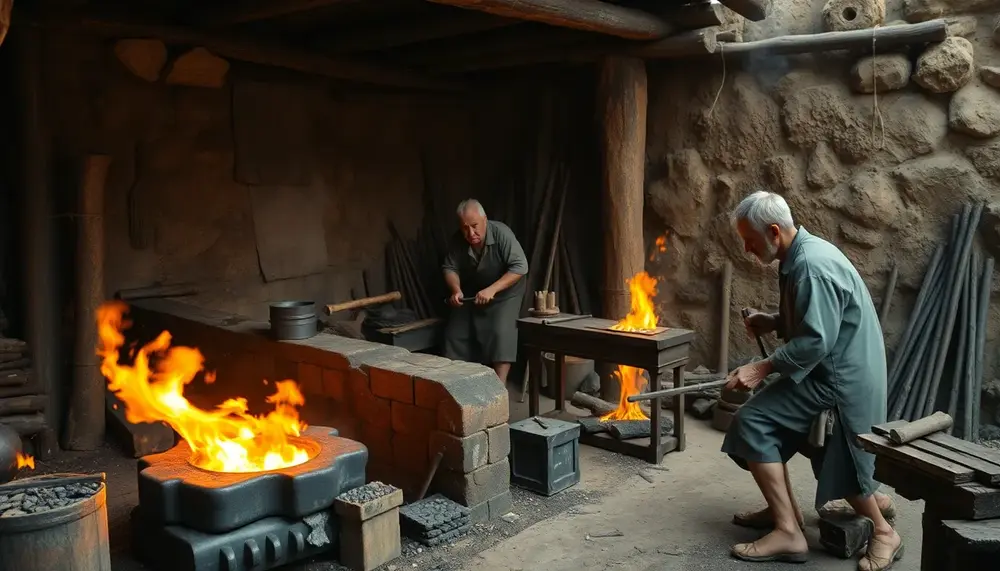Crucible Steel
Crucible Steel
Einleitung zu Crucible Steel
Im Bereich der Stahlproduktion und des Stahlhandels ist das Verständnis grundlegender Prozesse und Materialien entscheidend. Eines dieser wichtigsten Materialien ist der Crucible Steel, auf Deutsch bekannt als Tiegelstahl. In diesem Eintrag werfen wir einen genauen Blick auf diesen Begriff und erklären, was es damit auf sich hat.
Was ist Crucible Steel?
Crucible Steel ist eine Form von Stahl, die durch Schmelzen in einem Tiegel entsteht. Durch diesen Schmelzprozess werden Verunreinigungen entfernt, wodurch ein hochwertigeres und konstanteres Produkt entsteht. Im Allgemeinen verfügt Crucible Steel über hervorragende Zähigkeit und Härteeigenschaften, die ihn zu einem idealen Material für Werkzeuge, Waffen und andere wichtige Anwendungen machen.
Geschichte des Crucible Steel
Die Herstellung von Crucible Steel ist ein Verfahren, das bis weit in die Geschichte zurückreicht. Schon in der Antike wurde es für die Herstellung von Schwertern und anderen Waffen eingesetzt, und im 19. Jahrhundert wurde es zu einem zentralen Element der industriellen Revolution. Der Stahl wurde in Chargen hergestellt, indem das Ausgangsmaterial in einem Tiegel geschmolzen und dann zur weiteren Verarbeitung gegossen wurde.
Die Bedeutung von Crucible Steel in der modernen Stahlproduktion
Trotz des Aufkommens moderner Stahlschmelztechniken bleibt Crucible Steel in bestimmten Bereichen relevant. Insbesondere bei der Herstellung von Werkzeugen und Bauteilen, die eine besonders hohe Härte und Zähigkeit erfordern, kommt er zum Einsatz. Obwohl der Prozess zeit- und ressourcenintensiver ist als viele andere Methoden, sind die Ergebnisse oft überlegen.
Gesamtfazit zu Crucible Steel
Zusammenfassend lässt sich sagen, dass Crucible Steel ein historischer und weiterhin wichtiger Bestandteil der Stahlproduktion und des Stahlhandels ist. Mit seiner hervorragenden Härte und Zähigkeit trägt dieser spezielle Stahl zur Herstellung qualitativ hochwertiger Produkte bei, die unsere Welt im wahrsten Sinne des Wortes prägen.
Blog Posts with the term: Crucible Steel
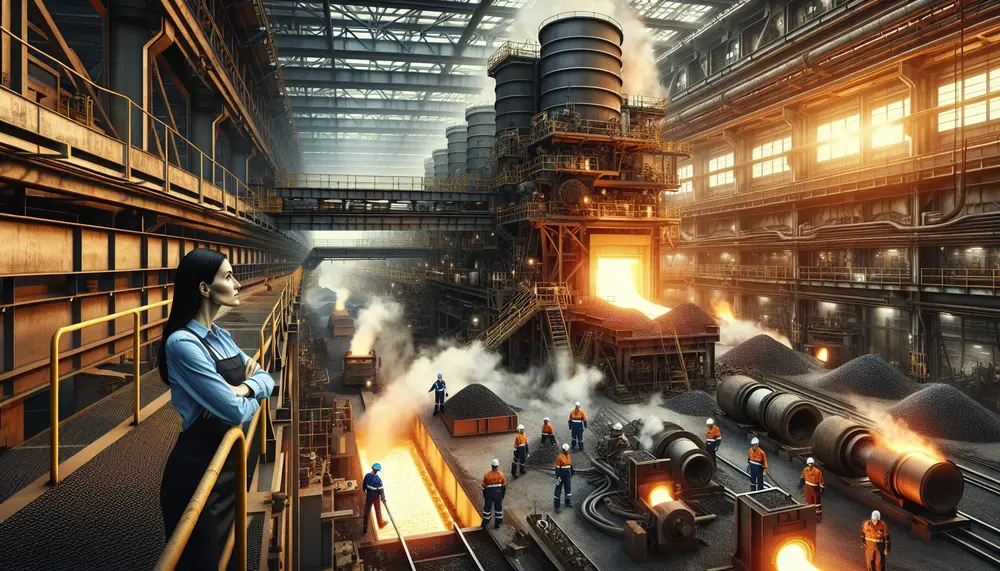
The article "Introduction to Steelmaking from Pig Iron" explores the historical and modern processes of transforming pig iron into steel, including methods like the Bessemer Process, Basic Oxygen Steelmaking (BOS), and Electric Arc Furnace (EAF). It highlights the importance of...
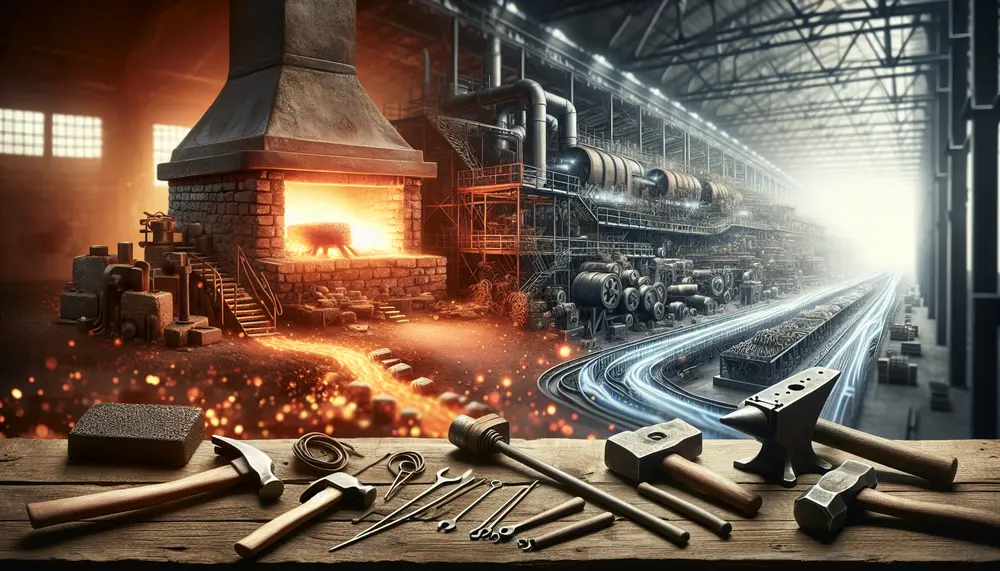
Steel's origins trace back to meteoric iron and evolved with human discovery of smelting around 2500 BCE, leading from the Bronze Age into the Iron Age. The Bessemer Process in the mid-19th century revolutionized steel production, enabling mass production and...
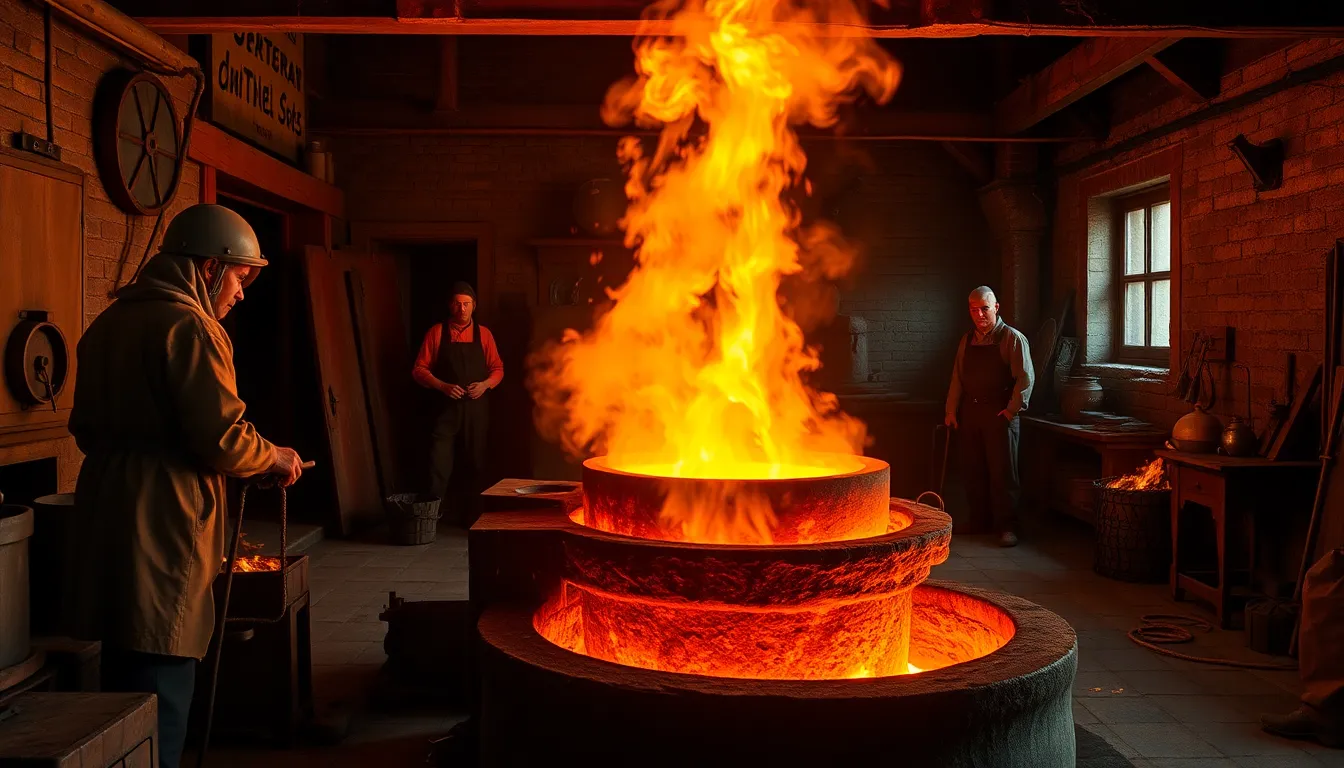
The article traces the evolution of steelmaking from ancient techniques to significant medieval innovations, highlighting early methods like iron carburization and bloomery processes that evolved into more efficient practices with the introduction of blast furnaces. It also covers Renaissance advancements...
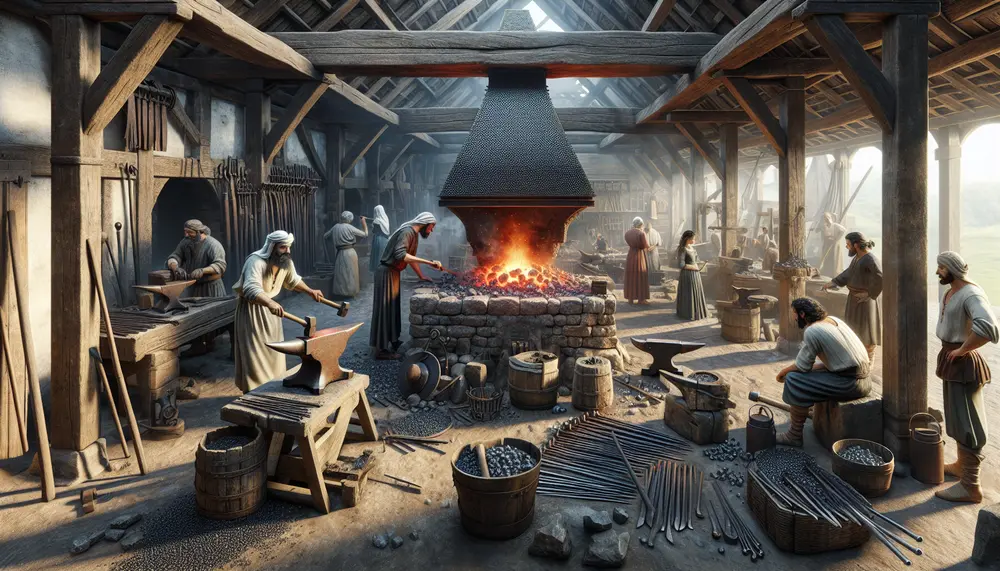
The article "Introduction to Ancient Steel Making" explores the historical context, key techniques, and materials used in ancient steel production across various civilizations. It highlights how early methods influenced modern steel making and underscores the ingenuity of our ancestors in...
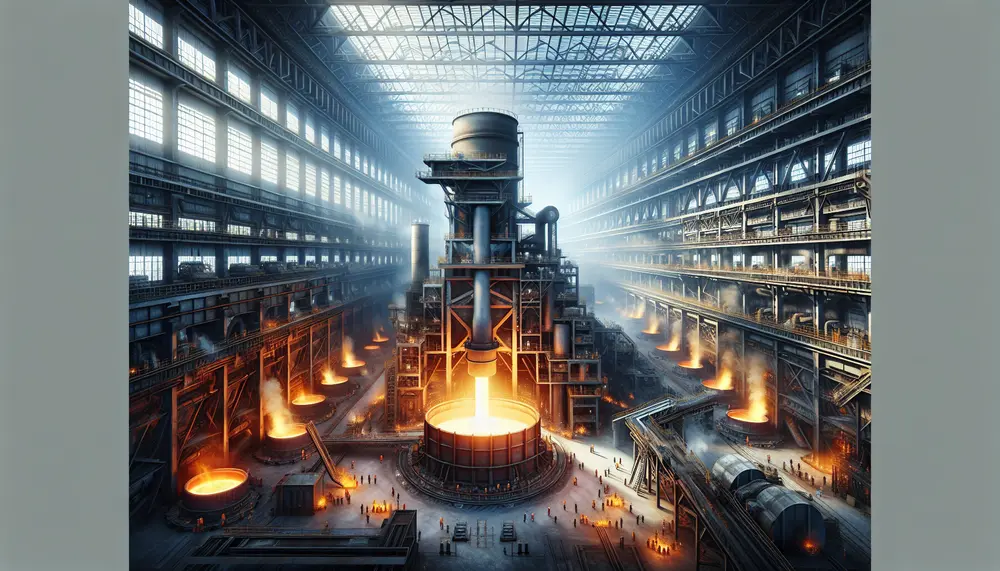
The article traces the history of steelmaking from early iron discoveries around 2,500 BCE to advanced techniques like Chinese cast iron production and Indian Wootz steel. It highlights key innovations such as smelting, forging by the Chalybes, and global influences...
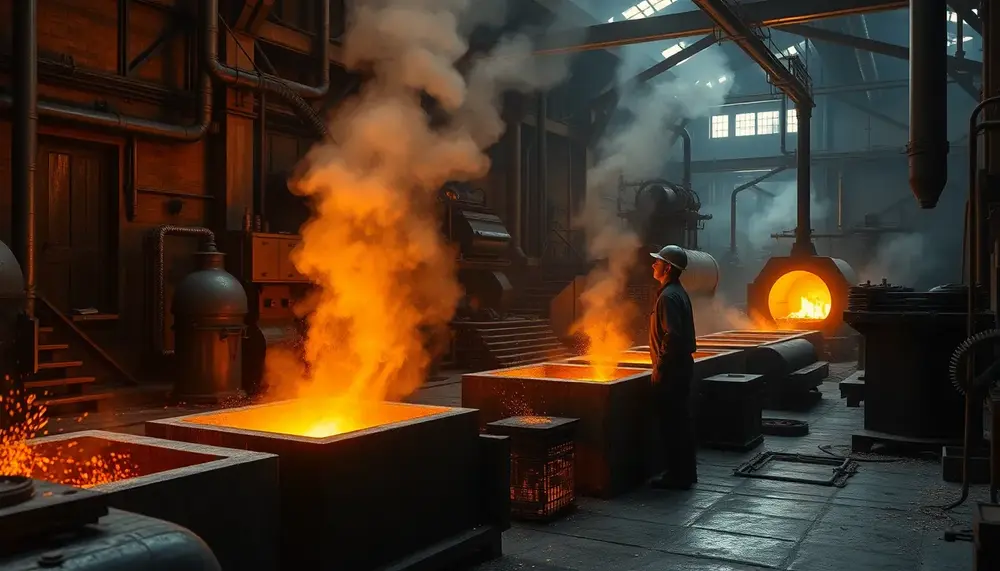
Henry Bessemer revolutionized steel production in the 19th century with his innovative process, enabling mass production of stronger, affordable steel and fueling industrial growth. By efficiently removing impurities through oxygen blasts, his method drastically reduced costs and transformed steel into...
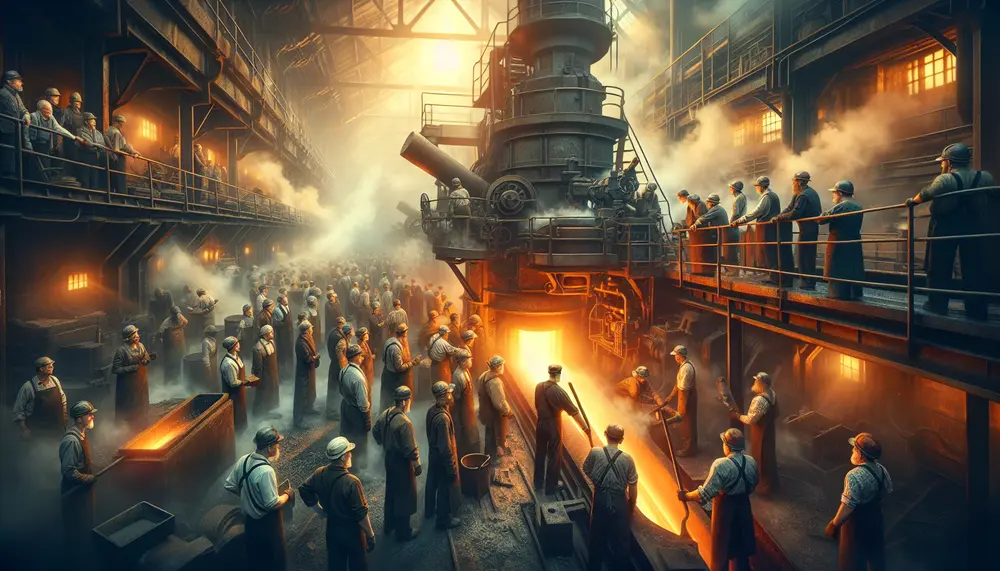
The article explores the rich history of steelmaking, from ancient techniques like crucible and blast furnace methods to medieval advancements such as pattern welding, culminating in transformative innovations during the Industrial Revolution with processes like Bessemer and open-hearth furnaces. These...
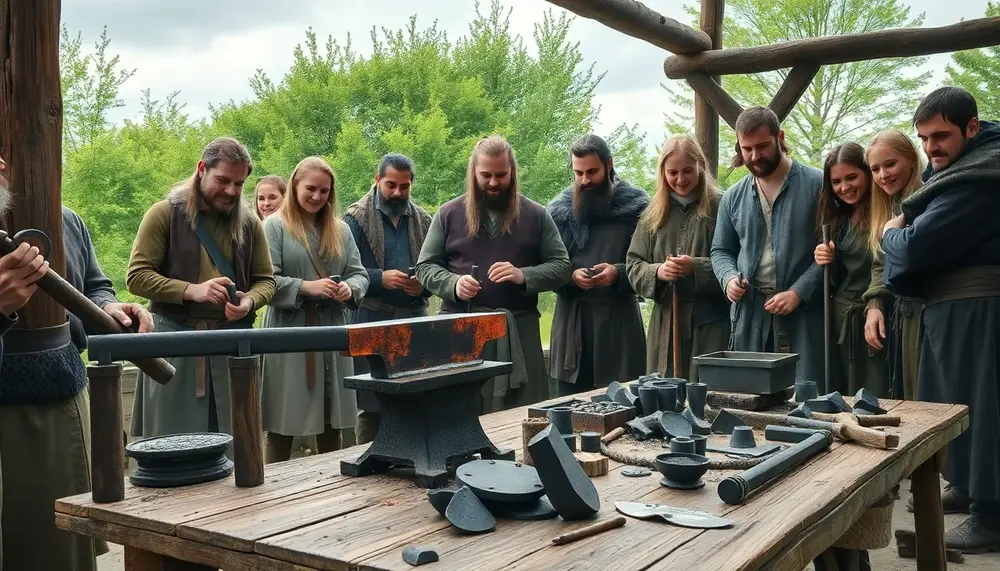
Viking steel, especially in Ulfberht swords, showcased advanced metallurgy with high purity and strength centuries ahead of its time, achieved through secretive techniques still not fully understood....
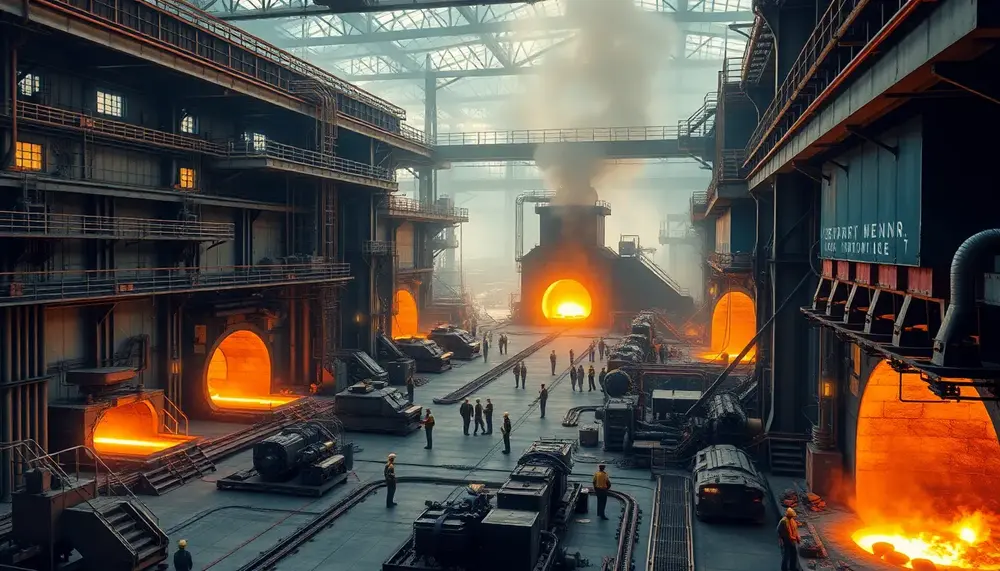
The article explores the historical and cultural significance of steel making, detailing ancient techniques like crucible steel production and emphasizing the importance of mastering carbon interaction in crafting high-quality steel....

